City Operations Through AI
Cities are adopting automated processes and operations (orchestrated by a city platform) and following data-driven planning approaches
In ancient Rome in the first century AD, the invention of aqueducts was critical for population growth. In the late nineteenth century skyscrapers in Chicago were important for managing land scarcity. Many other technologies and solutions have contributed to the foundation and development of vibrant cities. Artificial intelligence (AI) is now emerging as an essential part of how cities work.
Machines run 24/7, and there are operations and tasks that cities perform that will become increasingly smart and powered by process automation and artificial intelligence. AI will contribute to the optimisation of operational efficiencies, benefiting city managers and ultimately citizens through reshaped service delivery. Gartner predicted that by 2021 30% of city government service interactions would be fulfilled and/or completed, at least in part, through an AI-powered conversational channel.1 But the investment in AI is broader. 66 per cent of 167 cities inquired for ESI Thoughtlab study are investing heavily in AI and 80 per cent will do so over the next three years. North American cities (83 per cent) and small cities (74 per cent) lead in the use of AI.2
While chat assistants are currently among the most common solutions powered by AI, cities will evolve to have digital platforms as ’city brains’, where all urban activity is orchestrated and operated, providing a holistic view of the city, allowing for events correlation, fast and assertive ‘root cause’ analysis, predictive analysis (through machine learning) and incident management, and providing operational insights through visualisation. If the behaviour of almost every citizen is registered through anonymised data, and 5G technology enables cities to become huge connected ecosystems, it will be of paramount importance to maximize data value and improve planning and decision-making using AI and data analytics, on the way to a cognitive city. Gartner predicted in 2019 that a city platform will be a mature smart city solution in five to ten years’ time, when it is expected that one to five per cent of cities will be using a city platform to manage their operations.3
With a clear vision, proper infrastructure and data governance in place, cities should be expected to embrace digital transformation and leverage cloud computing and the Internet of Things, design new operating models that foster integration between inter-dependent departmental services, and automate intelligent operations further using AI – fostering better quality of services, and greater efficiency and effectiveness.
But cities can go even further. We see cities like Dublin and Singapore, among others, creating a Digital Twin – a dynamic digital replica of their physical assets and environments and their interdependencies – for urban planning purposes, and using machine learning to predict future events and trends. A Digital Twin can be used for example to provide support for day-to-day operations, to simulate a natural disaster and its potential impact on the city, or to evaluate the flow of breezes that cool the city and the trees to ensure shade in streets and parks. With the evolution of new technologies with higher processing capabilities (namely, fast problems root-cause analysis identification). Digital Twins will become increasingly powerful in enabling data-driven decisions, and will have a high adoption rate among city governments, with a promise of turning cities more resilient.4 ABI research has predicted that by 2025 the number of Digital Twins will exceed 500.5 And ESI ThoughtLab predicts that the percentage of cities making large investments will increase the most for Digital Twins, rising from 11 per cent in 2021 to 31 per cent in three years’ time—an increase of almost 300%.6
“What we have been working on is the transformation of data into relevant information for strategic decisions that we can make. This will improve immensely the governance and the efficiency of the city and ultimately the transparency of the decisions made by politicians or by public authorities.”
-Rui Moreira, Mayor of Porto
“I tend to not really like the label ‘smart cities’, because I don't think that there are dumb cities out there. There are cities that just need to harness technology to serve their citizens’ needs better, and that will vary from one city to another, depending on their needs, depending on their ability to leapfrog existing older technologies, depending on their capacity.”
-Sameh Wahba, Global Director of Urban, Disaster Risk Management, Resilience and Land Global Practice at the World Bank
Video Interviews
Podcasts
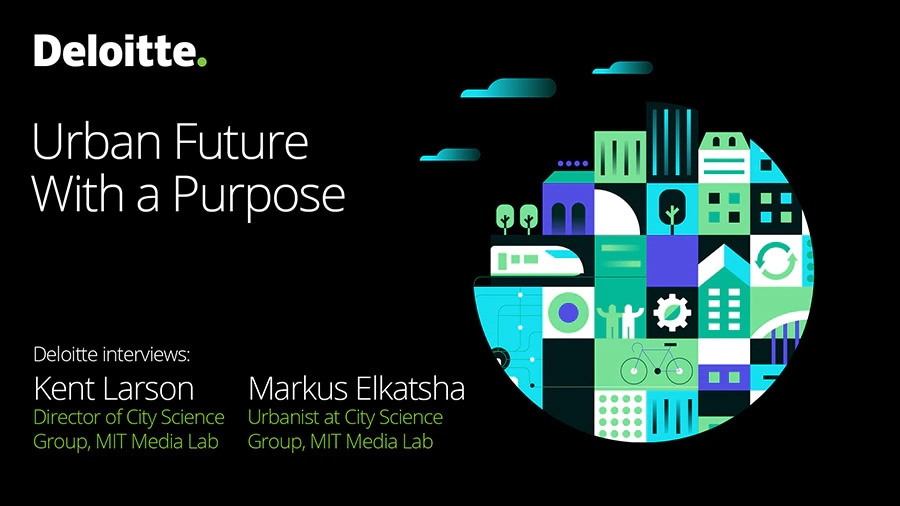
Podcast with Kent Larson, Director of City Science Group, MIT Media Lab and Marcus Elkatsha, Urbanist at City Science Group,MIT Media Lab
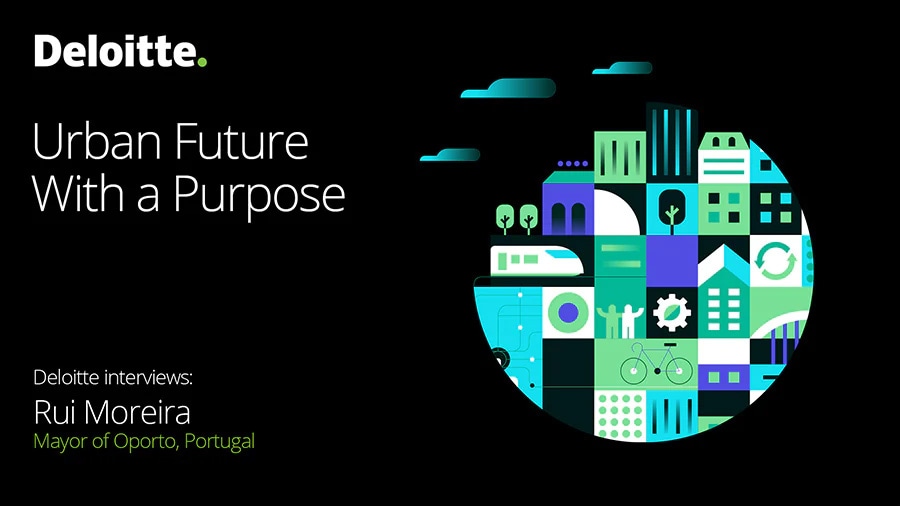
Podcast with Rui Moreira, Mayor of Porto, Portugal
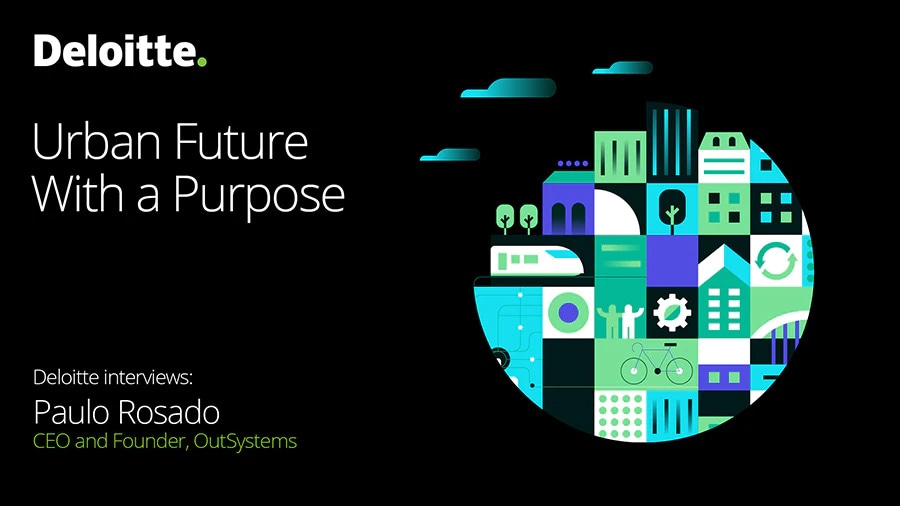
Podcast with Paulo Rosado, CEO and Founder, OutSystems
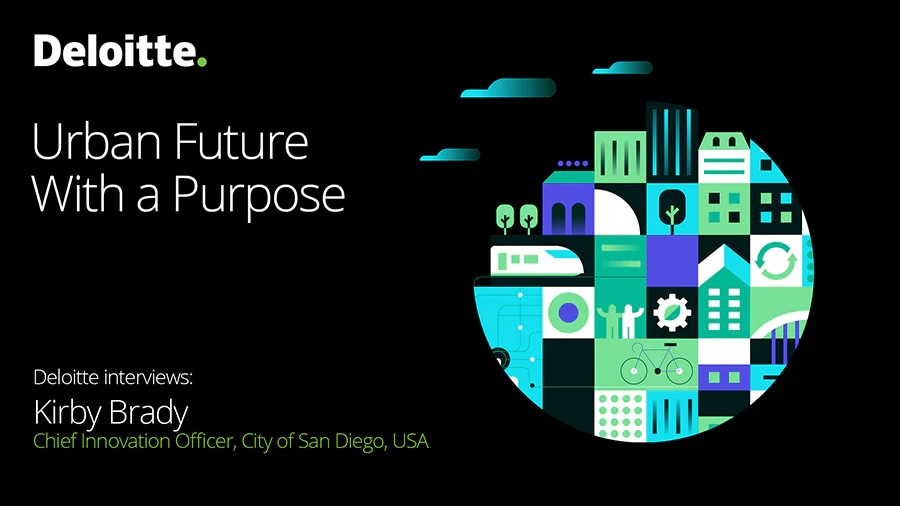
Podcast with Kirby Brady, Chief Innovation Officer, City of San Diego, USA
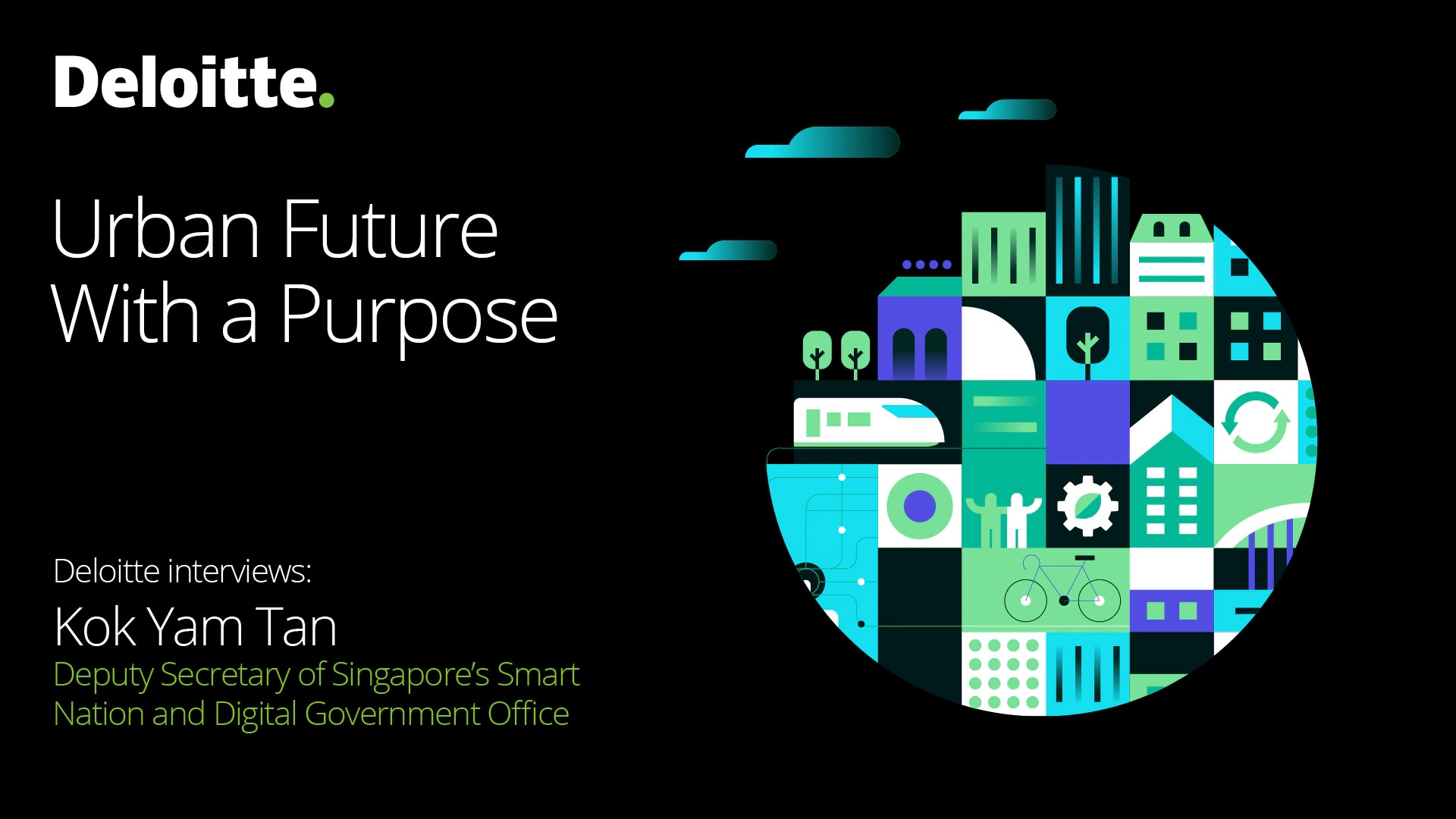
Podcast with Kok Yam Tan - Deputy Secretary of Singapore’s Smart Nation and Digital Government Office
End Notes
- Gartner, quoted in B-CITI: Artificial Intelligence at the service of smart cities v2.0. (2019)
- ESI ThoughtLab: Smart City solutions in a riskier world. (2021)
- Gartner: Hype Cycle for Smart City Technologies and Solutions. (2019)
- Open & Agile Smart Cities: Cities & Digital Twins: From Hype to Reality. (2020)
- ABI Research, quoted in Cities Today: COVID-19 expected to drive adoption of city digital twins. (2021)
- ESI ThoughtLab: Smart City solutions in a riskier world. (2021)
- Enterprise IoT Insights: Las Vegas applies AI to smart city operations to detect faults and outages (2018)
- ESI ThoughtLab: Smart City solutions in a riskier world. (2021)
- CIO: AI Conversations: The Rise of the Digital City (2020)
- SmartCity.Press: The Impact Of Artificial Intelligence Over Smart Cities. (2017)
- Terminus Group: AI CITY Will Pave the Way For the Cities of Tomorrow. (2020)
- ITU: Smart sustainable cities. (2019)
- ICMA: Using Artificial Intelligence as a Tool for Your Local Government (2019)
- Gartner: Establish an Urban Data Exchange for Smart Cities. (2020)
- MIT Sloan Management Review: How Cities Should Prepare for Artificial Intelligence. (2019)
- Canal Cascais: Smart Waste Management in Cascais benchmark in Portugal and abroad. (2018)
- Deloitte: Cascais; Command center approach to drive efficiencies at Cascais. (2019)
- The Wall Street Journal: How a Portuguese City Drives Efficiencies With Innovation. (2018)
- Vienna’s Open Data is published on the website ‘Open Data Osterreich’ and also at ´Open Government Data´.
- The European Commission's 100 Intelligent Cities Challenge: WienBot (interactive messaging service).
- European Commission: The number one smart city in the world uses CEF Context Broker to effectively manage Big Data. (2019)
- OSIsoft: Using data to predict and mitigate floods. (2015)
- GovInsider: Exclusive: Hong Kong’s vision for Artificial Intelligence.
You may access the links to these sources, where available, on page 148 of the Urban Future with a Purpose study.



